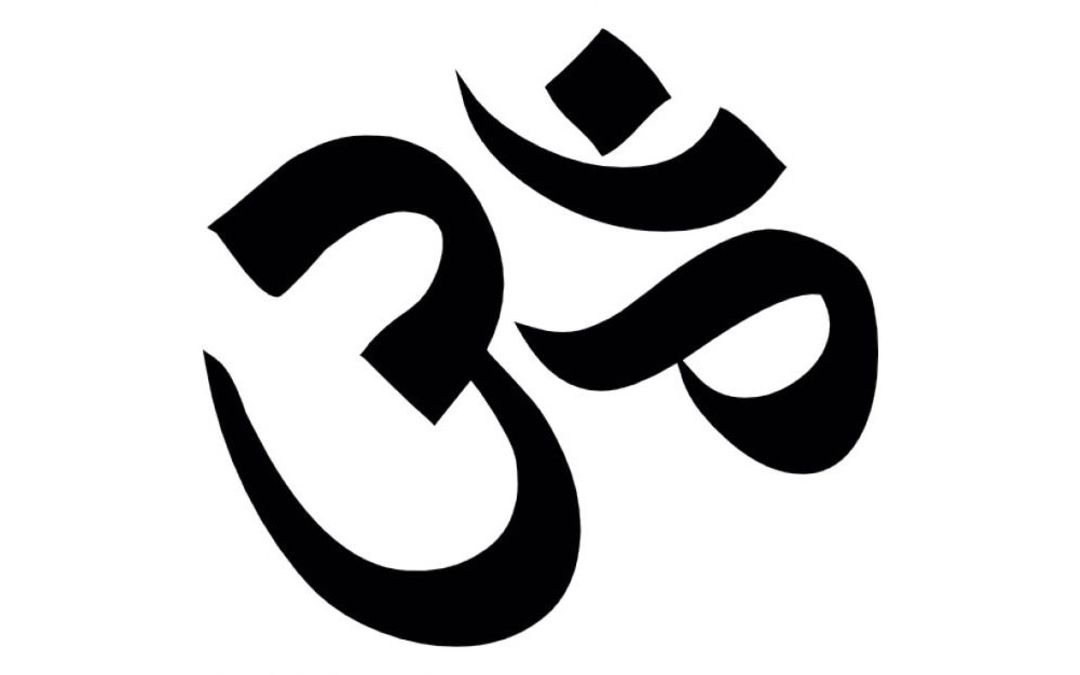In many yoga classes, we start and end with an “Om” and sometimes with longer mantras. If you’ve followed one of my meditation classes, you know we chant the Ashtanga opening and closing mantras. I was recently asked their meaning, so I thought it would be interesting to make a post about it as well as their purpose. Here we go!
“But isn’t it a bit of a… religious thing?”
It’s true that mantras have their roots in hinduism and jainism. They’re also a key element of Bhakti yoga (the yoga of devotion). But I find that it’s once again a matter of intention. I don’t consider myself religious at all, but I truly enjoy chanting mantras. I find in it a way to calm my mind and connect to the Indian roots of the practice.
I’ll be honest, I’m always a little wary when introducing chanting in a class, because it puts off a lot of westerners. Most of us come to yoga for the physical practice, and this aspect of the practice can feel too “airy-fairy” to the most down-to-earth of us. It was definitely my case! But because the practice felt good and I wanted to respect its Indian origins, I kept an open mind and decided to learn more about it.
OM
In yoga philosophy, “Om” is a sacred syllable, a sacred sound. It is said to be the basic sound of the universe, and chanting it connects us to everything else around us. If you’d like to know more about the philosophy behind it, I recommend this nice article.
Science has a lot to say about chanting Om too! It has been scientifically proven that chanting Om calms the mind and reduces stress, enhances memory and improves attention, reduces pain, anxiety and muscle tension. But the ancient yogis already knew all that!
In this academic article, the authors say: “As we go on chanting OM mantra, the mind becomes calm. When the mind becomes calm, the body relaxes, and the breath becomes even soother and slower.”
One of my students chants Om every day for 108 times (108 is a sacred number in the yogic philosophy). She says that her mind feels at peace when she does. Simple and beautiful, isn’t it?
Ashtanga Opening Mantra
Here is the opening mantra in Sanskrit and its translation:
Om
Vande gurunam charanavinde
I bow to the lotus feet of the gurus,
Sandarsita svatmasukhava bodhe
who awakens insight into the happiness of pure being,
Nishreyase jangalikayamane
like the jungle healer, who brings great well-being,
Samsara halahala mohashantyai
Relief from delusion, the poison of Samsara
Abahu purusakaram
The upper body having human form,
Shankachakrasi dharinam
Holding a conch, discus and sword,
Sahasra sirasam svetam
Having a thousand branched heads of white [light].
Pranamami Patanjalim
I bow to Patanjali
Om
As you can see, the meaning isn’t immediately transparent. There are good articles that detail the meaning of each sentence better than I ever could, here and here.
To sum it up very broadly, the opening chant is an acknowledgment of the teachers before us who have refined the art of yoga, and in particular to Patanjali who is considered the Father of modern yoga (although, we don’t know if Patanjali’s gender or even if they were just one person).
Ashtanga Closing Mantra
Here is the closing mantra in Sanskrit and its translation:
Om
Svasti praja bhyaha pari pala yantam
May the rulers of the earth keep to the path of virtue
Nya yena margena mahi mahishaha
for protecting the welfare of all generations
Go brahmanebhyaha shubamastu nityam
May the religions, and all peoples be forever blessed
Loka samastah sukhino bhavantu
May the whole of all the worlds be happy
Om shanti shanti shanti
Om, peace peace peace
The closing mantra’s meaning is more clear. It’s a prayer of hope, love and peace. And a wonderful way to finish any practice 😊
Do you like chanting? How does it make you feel? What are your favourite mantras?


Thanks for explaining the meaning behind the opening and closing mantras! I don’t feel confident enough to chant them myself, but I find it very soothing to hear :) And indeed there’s something relaxing as well about the Om sound, and how it vibrates smoothly inside your chest, so I’m happy to hear about all its benefits! :D
Hey, Laura :) They are pretty long and intimidating! When I first learnt them, I followed some YouTube videos and repeated each sentence one by one until I felt like the pronunciation was pretty much correct. I’m happy you liked my post!